Replacement Windows and Doors in Victoria by Ecoline
Use Our Rebate Calculator to Find Out Potential Savings on New Energy-Efficient Windows!
Manufacturing and replacement ENERGY STAR® Rated & NAFS-22 tested windows and doorsWhat’s in for your windows and doors replacement project?
- 0$ Down payment
- 0$ On install date
- 180 days interest-free
- Low payment plans starting at $45/mo
- Free energy-efficiency consultation
Made in Canada
All Ecoline windows and doors are built in Ontario, Canada
- Top-of-the-line machinery (Forel, Gracco, Bottero) to produce the best products
- Over 60,000 sq. ft manufacturing plant
- Energy Star-rated and NAFS-22-tested
- Manufactured for local weather conditions
Learn more about Ecoline Windows or contact us to discuss your replacement project.
How Much Can You Save on New Windows?
Check eligibility requirements and potential Rebate amount for your project
- Canada Greener Homes Grant & Loan
- Senior Home Adaption and Repair Program (SHARP) Grant or Loan
Please, answer the questions below, so we can check your eligibility and estimate possible rebate & loan range
Here are your estimated rebate & loan ranges
Potential rebate amount:
up to
$4000-$5000
Potential loan amount:
up to
$4000-$5000
Download your detailed rebate & loan report
Want to apply? Contact Ecoline Experts!
Claim Rebates & Loans To Support Your Project
Get a Free Quote for your Window|Door replacement project
(Virtual Window and Door Quote Available)
Window Prices in Victoria
Get a Free Quote for your Window|Door replacement project
(Virtual Window and Door Quote Available)
Claim Rebates & Loans To Support Your Project
Potential savings with available rebates:
Potential loan amount to claim:
4 facts about Ecoline Windows Victoria:
Though we pride ourselves on providing homeowners with windows and doors in Victoria manufactured to the highest standards, one of our most important priorities is educating our customers to make the best purchasing decisions.
Our installation professionals will be sure to inform you and consult with you through every step of your windows replacement should they find any signs of internal damage to your window frames. Our mission is to ensure you are happy with the new doors and windows both now and for many years down the road.
Windows Replacement in Victoria: Case Studies
Hung Windows
Casement Windows
Casement Windows
Ecoline’s Hassle-Free Warranty

We are local, transparent and strive to build long-term relationships with all our clients. Your satisfaction is our reputation. That’s why all our windows come with a direct warranty from the manufacturer on:
- Vinyl Frame
- Seal Failure
- Hardware
- Installation
- Labour
Come Visit Ecoline in Victoria!
We are always happy to chat with our customers face-to-face. Feel free to visit any of our showrooms across Canada to learn more about our products and services.
Ecoline Windows Victoria
Working directly with homeowners in Victoria and all surrounding areas, including:
Our Windows Collection in Victoria
Shop Your New Entry Doors by Material & Style
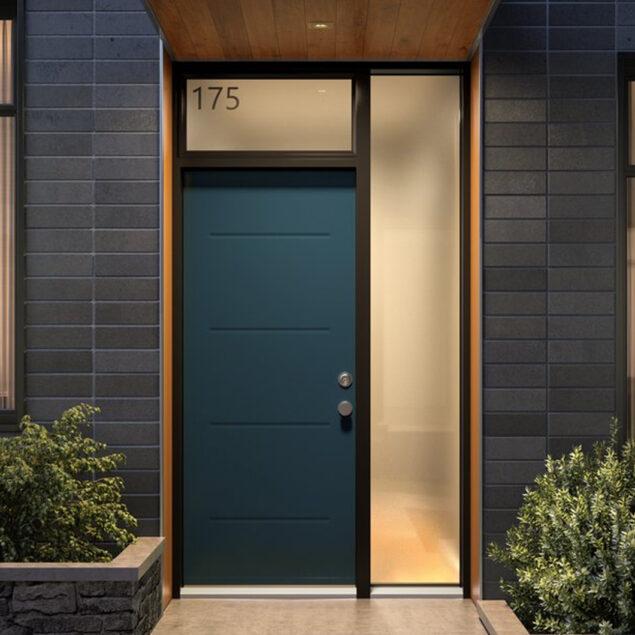
Steel Exterior Doors
Durabe
Custom
Secure
Low maintenance
Affordable
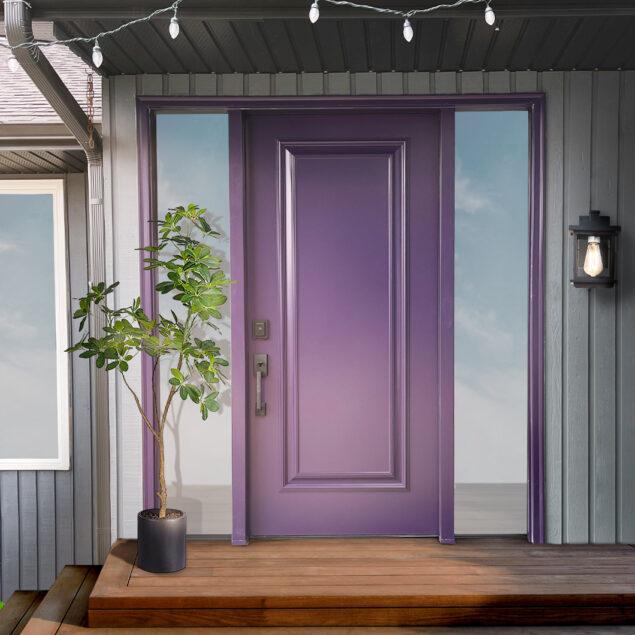
Fiberglass Exterior Doors
Energy-efficient
Custom
Aesthetically pleasing
Durable
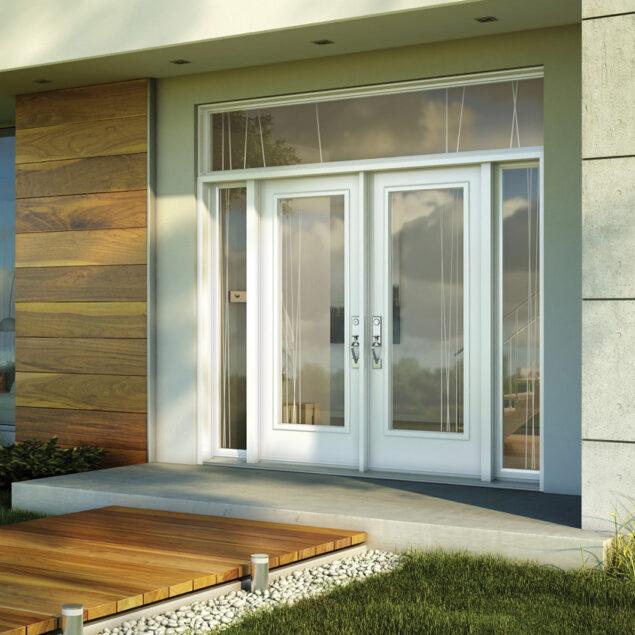
Garden Exterior Doors
Unique
Stylish
Energy-efficient
Profitable
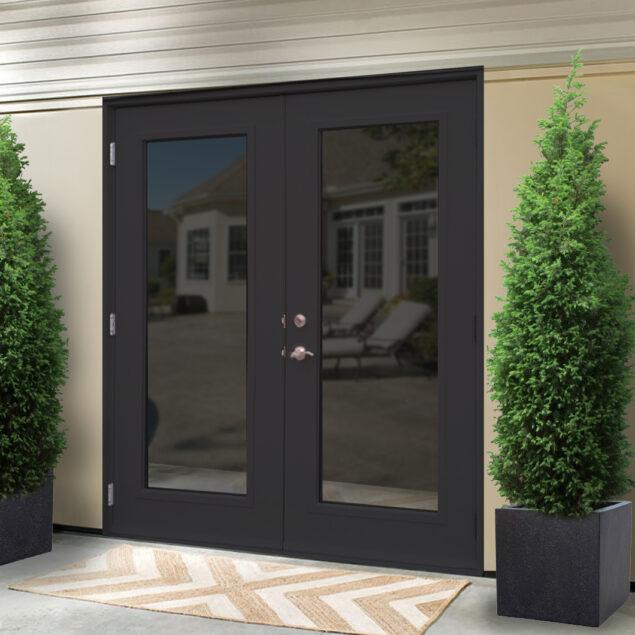
Glass Doors
Custom
Ventilated
Durable
Energy-efficient

Ecoline’s
Hassle-Free Warranty
Learn More
Check Out Real-Customer Reviews & Testimonials about Ecoline Windows Victoria
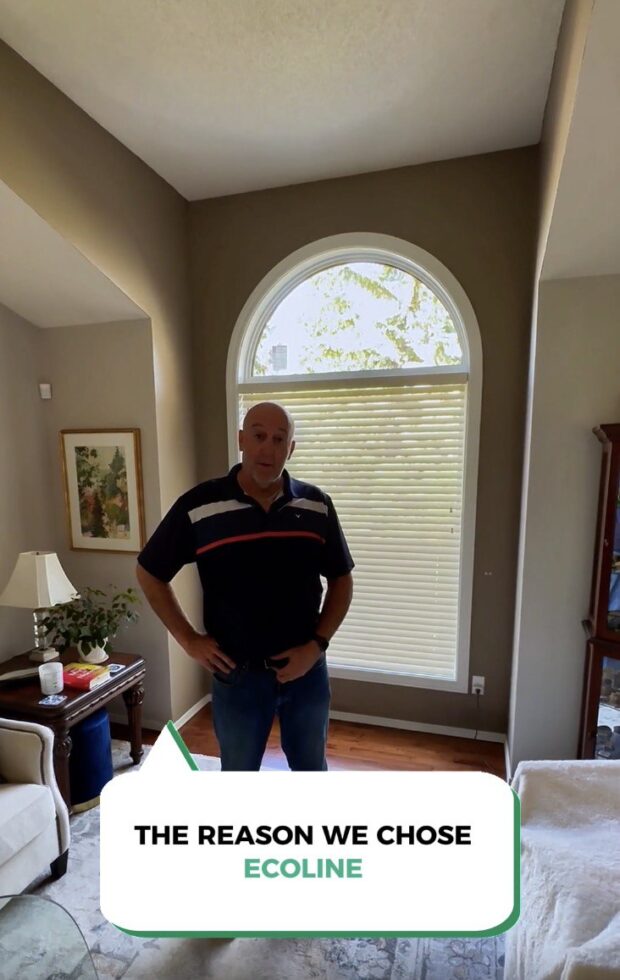
Contact Us









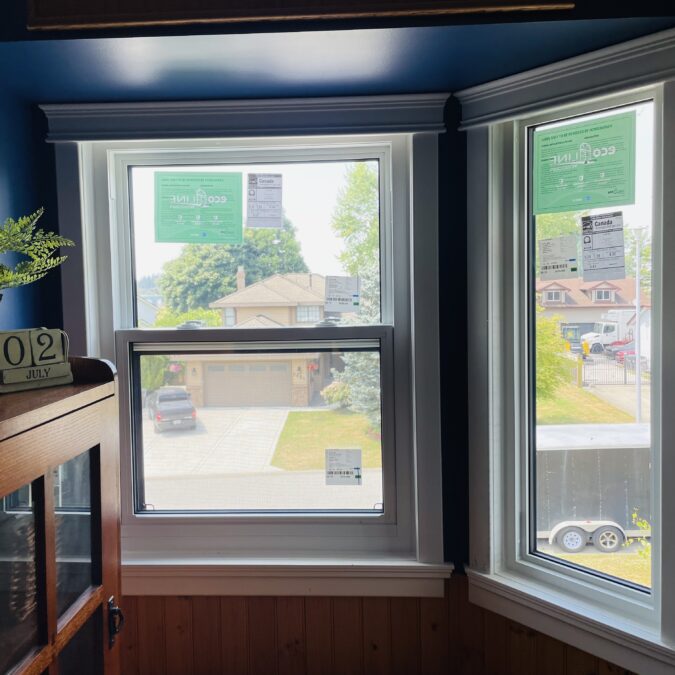
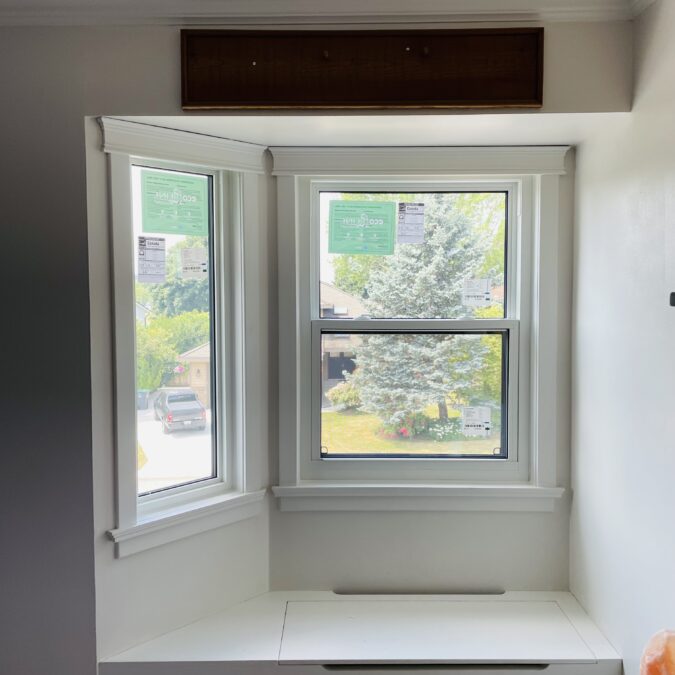
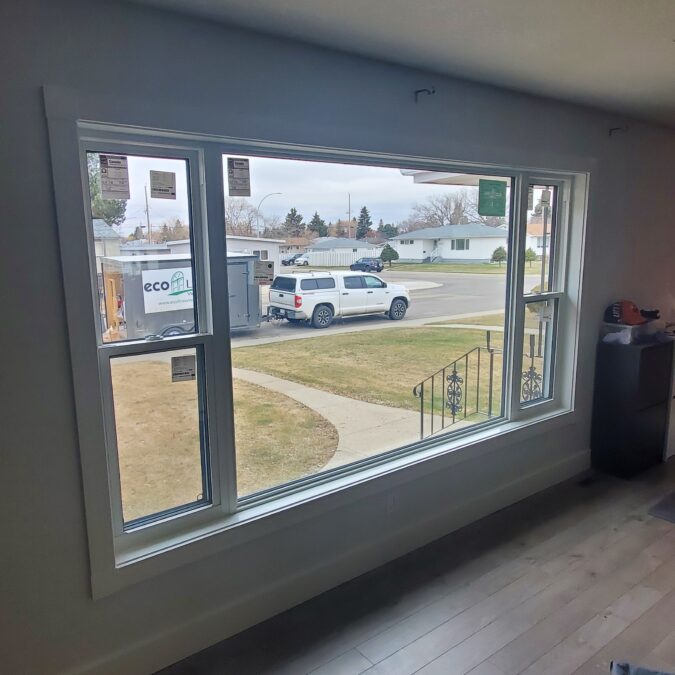
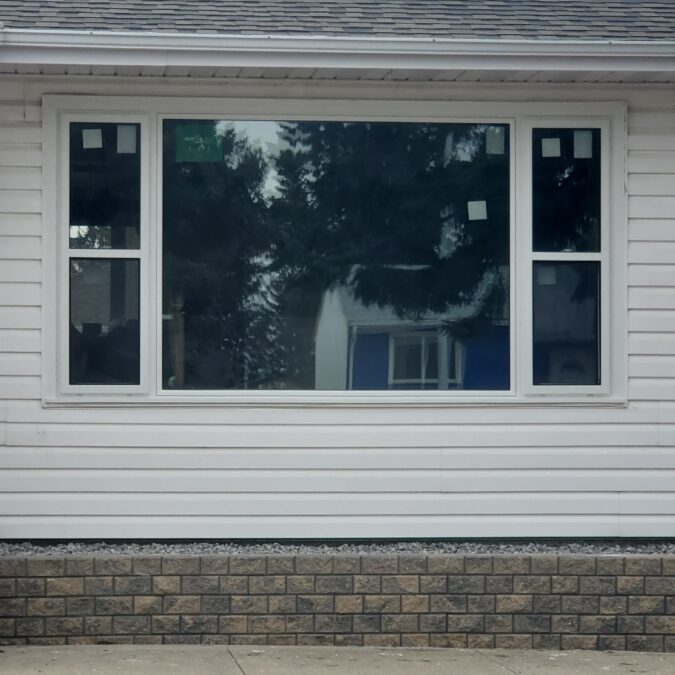
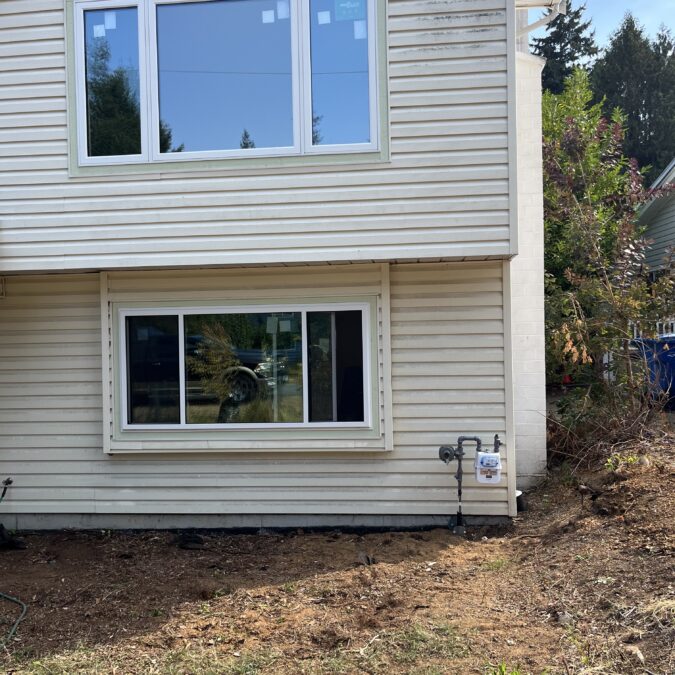
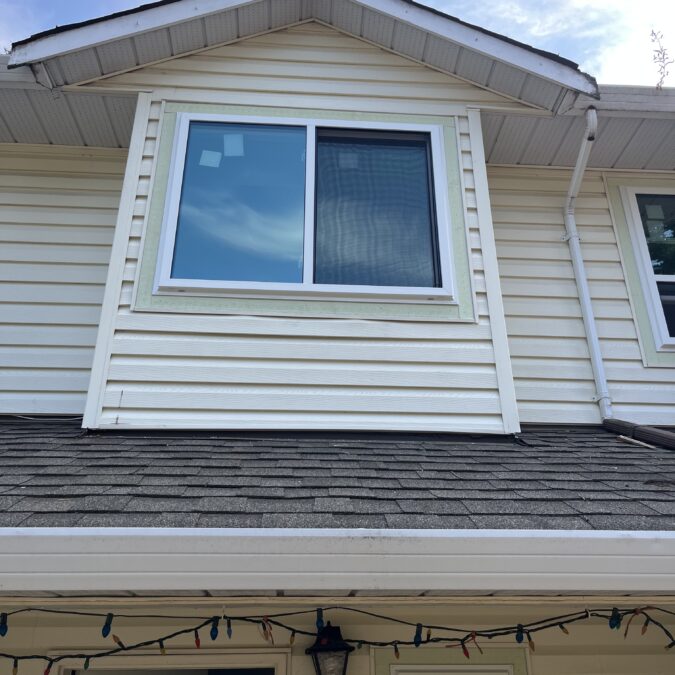
Recent Comments
F.A.Q.
Are there any payment options when shopping for new windows and doors in Victoria?
We have partnered with several financial institutions to offer many flexible and affordable choices for financing. You may be eligible for up to 12 months payment deferral and low-interest financing in Victoria.
To learn more check out:
Replacement Window Payment Options and Time Frames
What You Should Know About Financing and Loans
How much do new windows and doors cost?
Depending on the options you choose for your windows or doors replacement, the price may vary greatly. That is why we invite you to use our windows cost estimator to find out the approximate price for your replacement project in Victoria.
Where are your windows manufactured?
Our windows are manufactured in Ontario to ensure that they meet our stringent quality standards needed to be installed in all Canadian regions, including Victoria.
How long does the project take to complete?
From the moment the contract is signed, a standard windows replacement project will take 6-10 weeks on average. If you want specific custom features to equip your new windows with, the timeline might be extended. Please, contact our local team in Victoria to discuss your project in detail.
Ecoline Windows Victoria: Our Manufacturing Process
Cutting-Edge Technology
Unmatched Energy Efficiency
Industry Experts
State-of-the-Art Facility
Ecoline Windows Installers:
Expertise, Craftsmanship and Professionalism
Residential Window Replacement Specialists
Dedicated In-House Team
Adherence to Standards
Post-Installation Review
More recommendations from our
blogGet a Free Online Quote
5925 12 St SE #17,
Calgary, AB T2H 2M3, Canada
1750 Coast Meridian Rd #102,
Port Coquitlam, BC V3C 6R8
12-1333 Niakwa Rd E,
Winnipeg, MB R2J 3T5
100, 17866 106A Avenue,
Edmonton, AB, Canada,
T5S 1V3
180-1855 Kirschner Road,
Kelowna, BC V1Y 4N7
Unit 6 , 155 Albert Street
North, S4R 2N3
Regina SK
3307 Dunmore Rd SE #12,
Medicine Hat, AB,
Canada, T1B 3R2
107-1875 Boxwood Rd
Nanaimo, BC, V9S 5X9
3-3603 Millar Avenue
Saskatoon, SK, S7P 0B2
7819 50 Ave unit 1a,
Red Deer, AB, T4P 1M8
535 Yates Street Suite 200,
Victoria, BC V8W 2Z6
2081 Merivale Rd #201, Ottawa, ON, Canada, K2G 1G9
by appointment only
109 Ilsley Ave Unit #3, Dartmouth,
NS, Canada, B3B 1S8
Request a Call Back